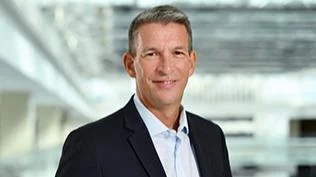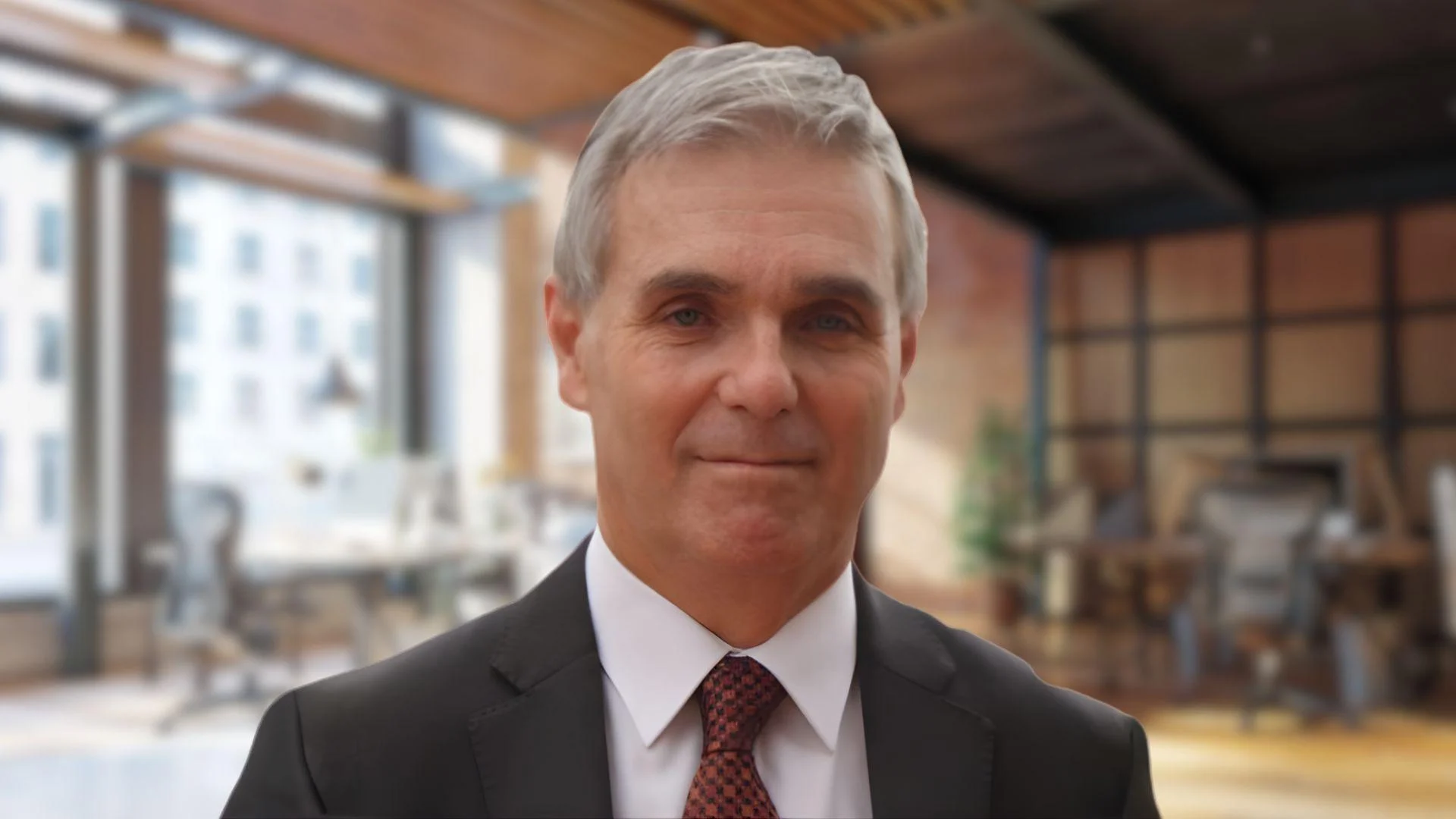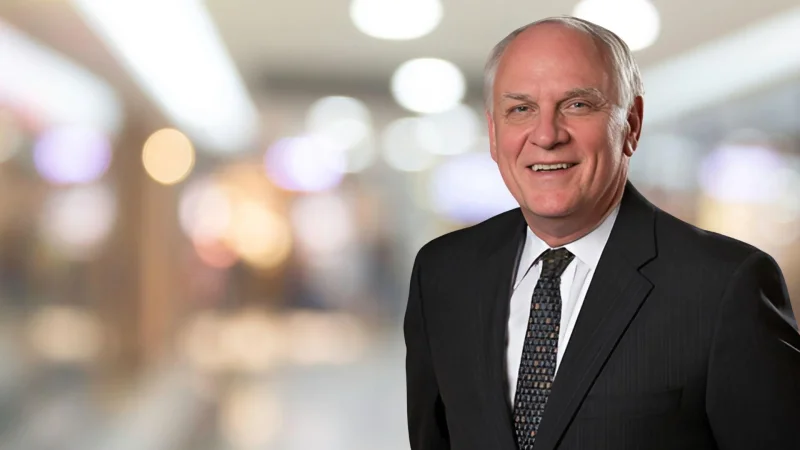Firstly, preparing to deplane by retrieving items from the overhead bin can expedite the process. This allows everyone to disembark a few minutes faster, which helps passengers with tight connections and enables cleaners to board sooner. This efficiency benefits both the airline's operations and potentially reduces costs and fares.
Secondly, it shows consideration for middle seat passengers who have been confined for hours. When aisle seat passengers stand up, middle seat occupants gain more space to stretch out into the aisle area, while window seat passengers also enjoy increased elbow room.
Thirdly, after enduring an uncomfortable seat for hours, standing provides relief for your back, especially given modern slimline seats with less padding.
Kevin Dahlstrom offers an additional reason: some individuals operate with high urgency across all areas of life. "Why do you walk so fast? Why are you always in a hurry?" Dahlstrom notes these questions he's faced throughout his life but believes that operating with urgency is a hallmark trait of high performers.
Remaining seated until it’s your row’s turn offers little benefit. While there is no obligation to crowd the aisles immediately—except perhaps making room for middle-seat passengers—it is unreasonable to criticize those who stand to stretch or retrieve their carry-on bags efficiently.
Standing as soon as your plane lands and arrives at the gate helps everyone stretch out and move off the plane faster. This benefits other passengers, the airline, and ultimately yourself too. It reflects forward-leaning behavior characteristic of high performers.
---
 Alerts Sign-up
Alerts Sign-up



































